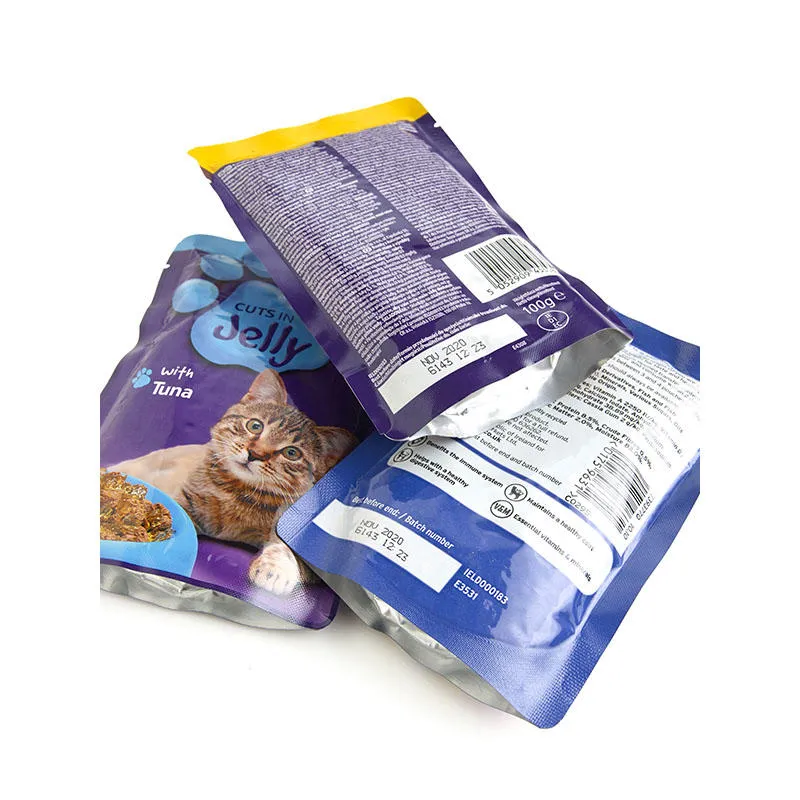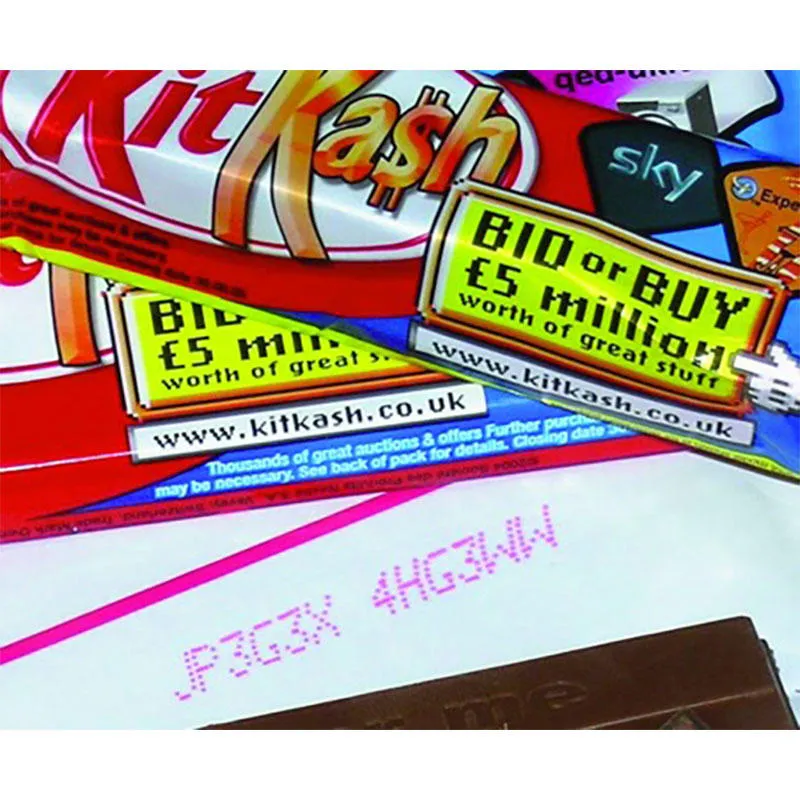In an ever-changing, globalized marketplace, you need to be able to rely on your technology – to deliver on your customer’s demands today, tomorrow and in the future. This puts pressure on the individuals making the decisions on where, what and when to invest, and also on the right technology to scale according to the business’s needs. How is CIJ keeping up with the needs of today and tomorrow? Find out below.
Continuous Ink Jet [CIJ] printing has always been a leader in coding technology, with a significant market share and large user-base. Despite its successes, however, CIJ has not been the focus of significant innovation for some time. Meanwhile, advances in manufacturing environments have delivered significant improvements across the board.
In globalized industries where millions of products are moved every year, quality coding is critical for businesses and their supply chains. Poor-quality codes have significant ramifications. Due to a lack of innovation, CIJ has arguably failed to keep pace with the industries it serves.

Covering all the challenges affecting CIJ today would transform this blog post into an epic novel. However, here are some of the biggest hurdles that CIJ is facing:
- Globalized markets create an increased need for traceability and anti-counterfeiting
- Consumer expectations and legislation are increasing the demand for detailed product information on packaging
- Inter-brand competition fuels creative on-pack promotion, much of which uses codes as part of multichannel campaign activation
>> Common print quality faults: how to identify and avoid them
Traceability involves marking stock so that items can be tracked through complex interconnected systems, from production through distribution to the point of consumption. The implementation of a coding system has proven to be an effective tool for manufacturers and retailers wishing to maximize productivity and optimize supply chain management.

An additional challenge is the consumer’s escalating demand for transparency and exhaustive product information, which is increasingly backed by legislation. For example, many consumer goods must now display allergen and product origin data, requiring even more information to be printed clearly and legibly on a small printable area.
On-shelf promotion is a growing area of brand marketing, often as part of closely integrated multichannel campaigns that make use of variable 2D matrix codes – QR codes – to drive consumers to campaign-specific web landing pages. These codes require a level of precision that can be read by a smartphone camera – historically a challenge for CIJ.
In some industries, there is a particular need for ultra-accurate coding placement. For example, electronics are becoming smaller, meaning that codes must also become smaller and more precise. For instance, there are 1200 parts in a typical mobile phone; each one has its own individual code to be traceable back to manufacturing. For CIJ, this need to code numerous individual components can prove challenging.
For a more in-depth look at how CIJ is changing to meet the needs of manufacturers and producers globally, be sure to check out our white paper Rewriting the Rules: How Continuous Ink Jet is changing to meet the future needs of manufacturing and our new Ax-Series website to find out how Domino is changing the playbook on coding and marking.
What did you think about this blog post? Let us know in the comments below, or find us on Twitter and LinkedIn. Be sure to follow the Domino Blog to stay up to date on the latest from Domino on products, industry trends, and advice for the future.